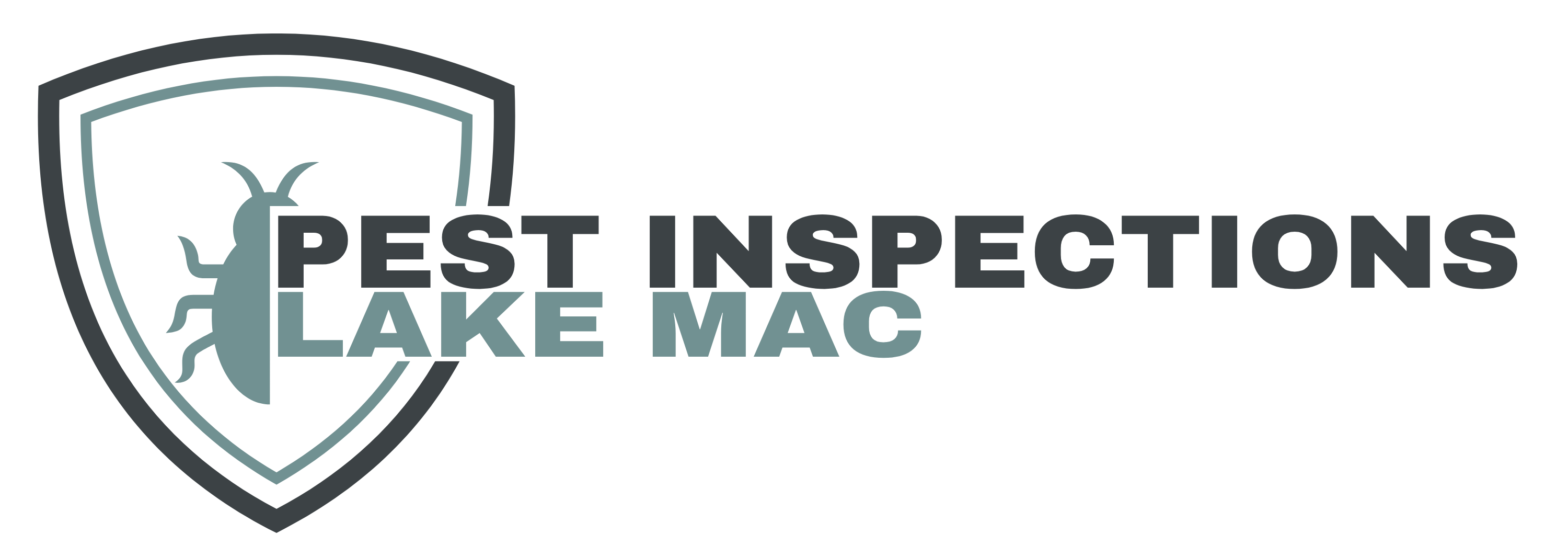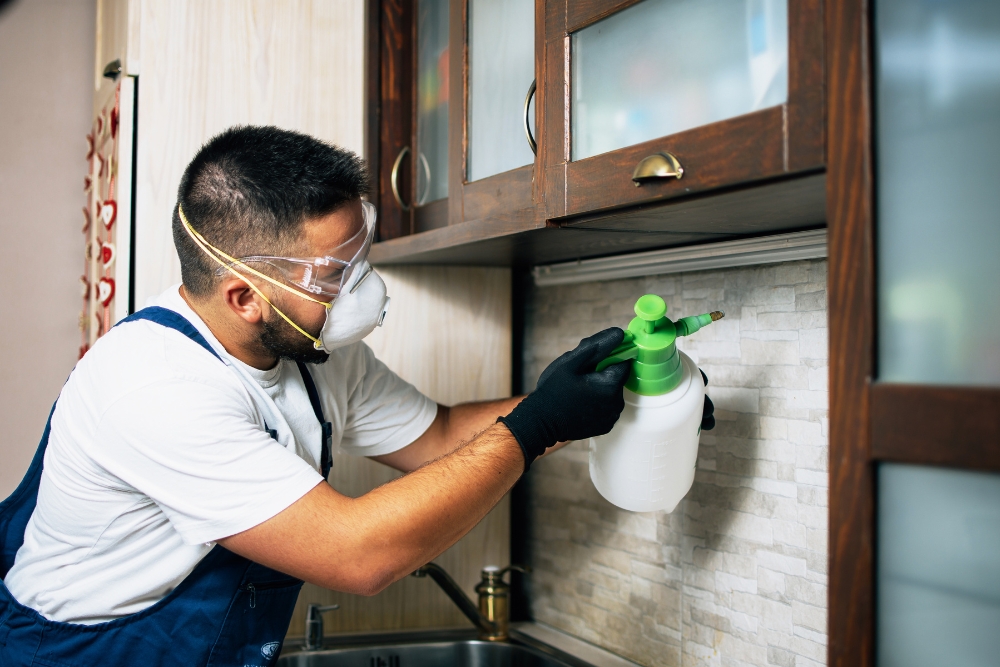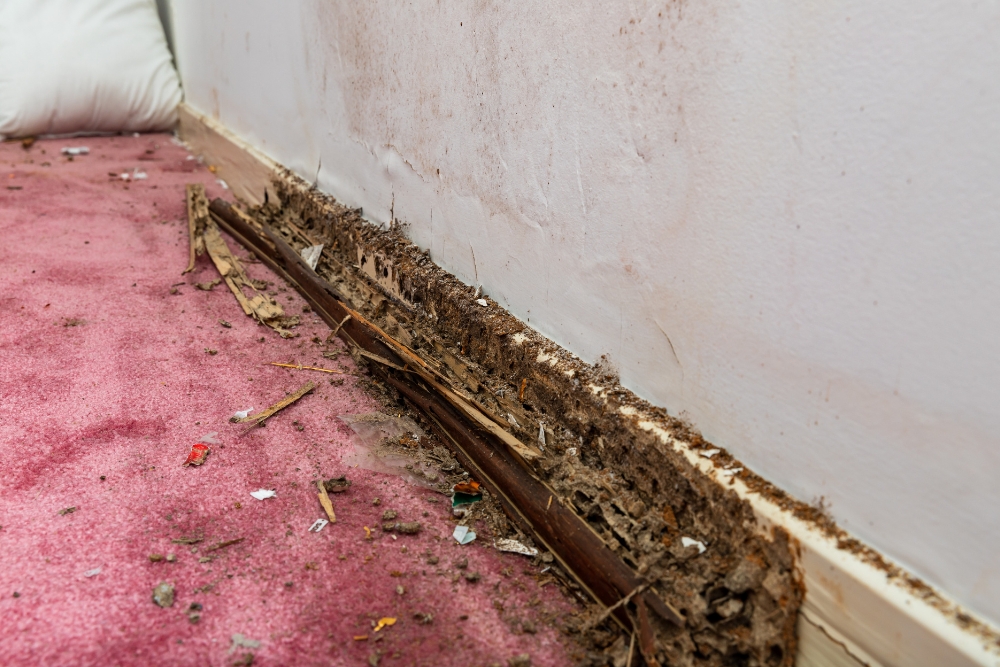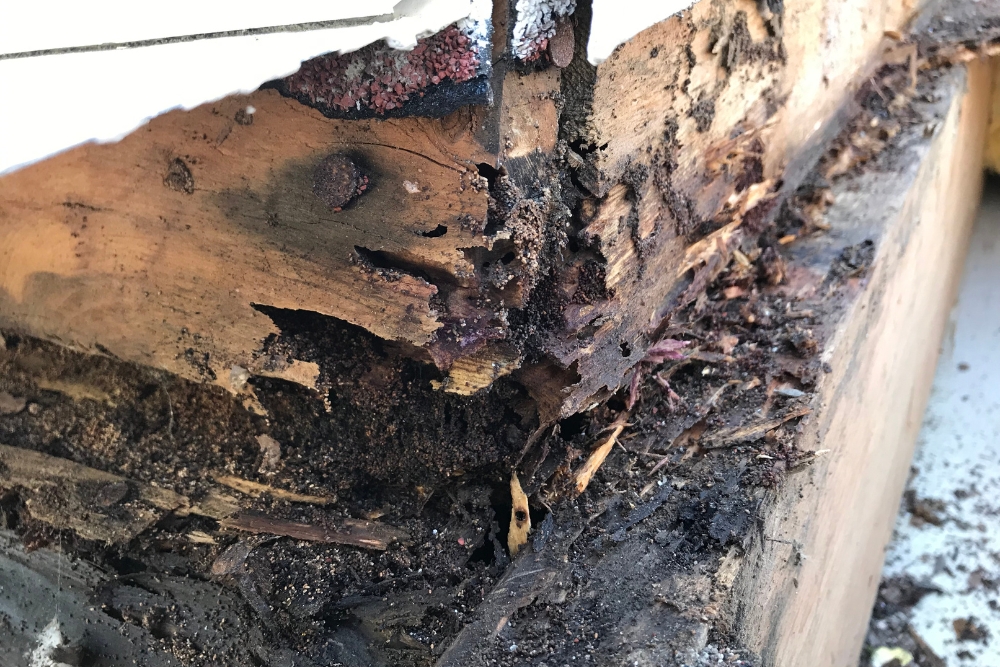Understanding the Importance of Sealing
When it comes to keeping your home safe and comfortable, sealing cracks and openings is often overlooked but incredibly vital. These tiny gaps in walls, floors, windows, and doors can serve as entry points for pests like ants, spiders, rodents, and even cockroaches. Not only do pests pose health risks and property damage, but they can also disrupt your peace of mind at home. By taking proactive measures to seal these openings, you can significantly reduce the likelihood of a pest infestation.

Identifying Common Entry Points
Start by inspecting your home for common entry points that pests might use. Look for cracks in foundations, gaps around windows and doors, holes in screens, and openings around pipes and cables. These are prime spots where pests can enter unnoticed. Often, these openings are small and go unnoticed until a problem arises. Taking the time to inspect and seal these areas can prevent future headaches.
Tools and Materials You’ll Need
For effective sealing, gather the necessary tools and materials. Depending on the size and location of the cracks and openings, you may need caulking guns, sealant (silicone or acrylic-based), weather stripping, door sweeps, and mesh screens. These items are readily available at most hardware stores and are relatively easy to use, even for those with minimal DIY experience.
Step-by-Step Sealing Process
- Preparation: Clean and dry the surfaces around the cracks and openings to ensure a good seal.
- Application: Apply the appropriate sealant or caulking to the identified gaps. For larger openings, consider using weather stripping or mesh screens to cover vents and larger gaps.
- Drying and Checking: Allow the sealant to dry completely before checking for effectiveness. Ensure that all gaps are properly sealed to prevent any potential entry points for pests.
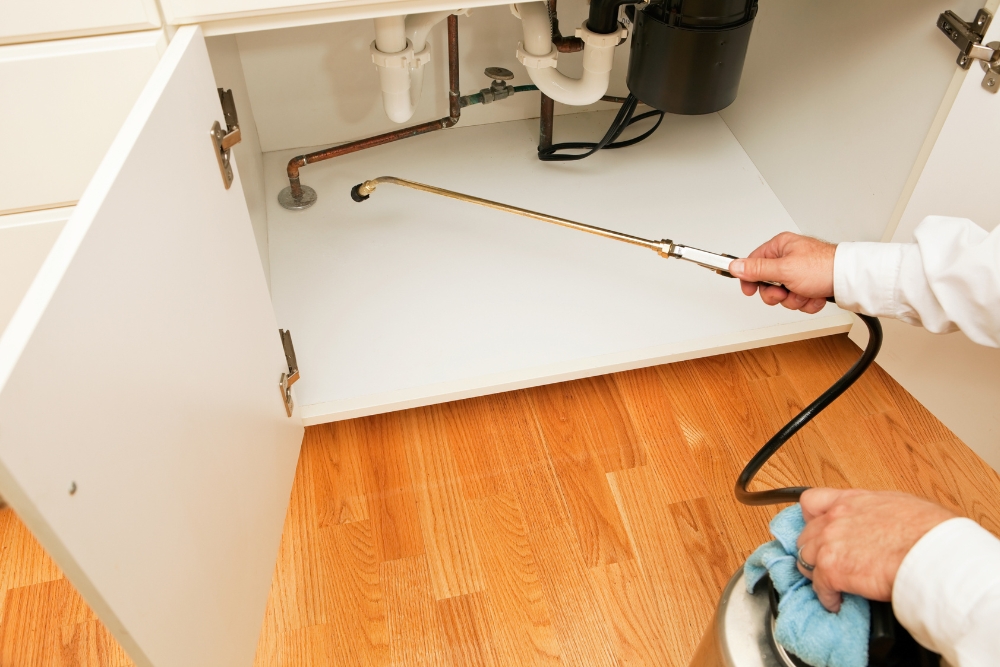
Benefits of DIY Pest Prevention
Investing time in DIY pest prevention through sealing has numerous benefits. Not only does it help maintain the structural integrity of your home by preventing moisture and drafts, but it also reduces the need for harsh pesticides indoors. Additionally, sealing can lower energy bills by improving insulation and keeping conditioned air inside your home.
Comprehensive Pest Inspections
While sealing your home is a crucial step in pest prevention, complementing it with regular comprehensive pest inspections is highly recommended. Professional pest inspectors can identify early signs of infestations, potential entry points that require sealing, and existing pest problems that need immediate attention. Regular inspections provide peace of mind and ensure that your home remains pest-free year-round.
Seal Smart, Live Pest-Free
Taking proactive steps to seal cracks and openings in your home is a smart investment in both safety and comfort. By addressing potential entry points for pests, you’re not only protecting your home and family but also creating a more secure living environment. Remember, a little effort in sealing today can save you from major pest problems tomorrow.
